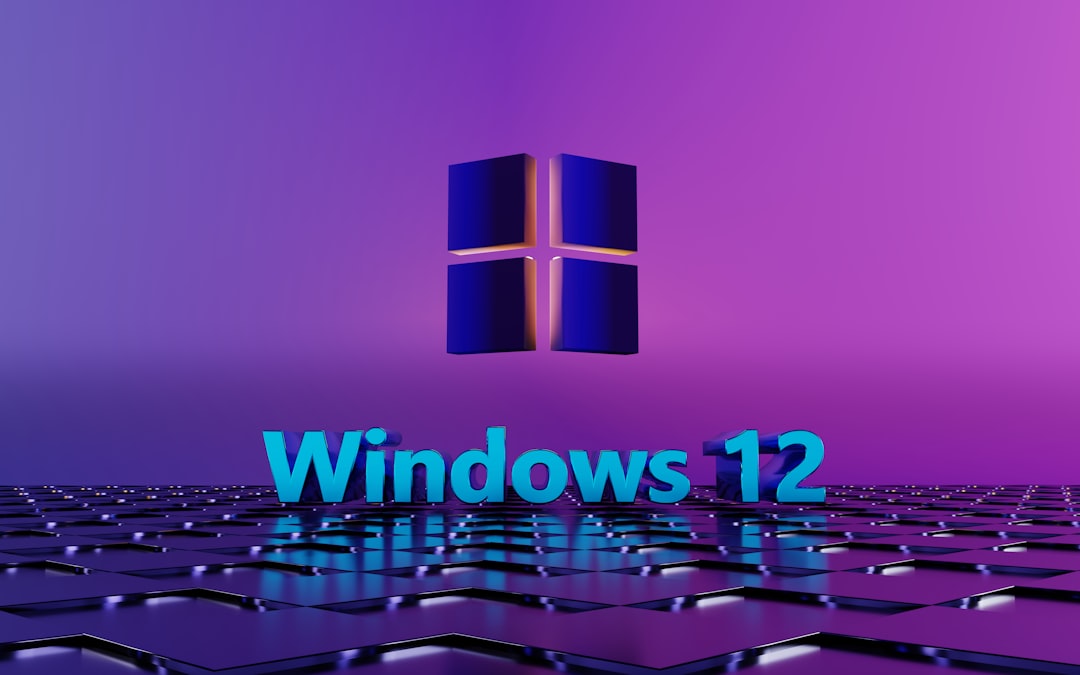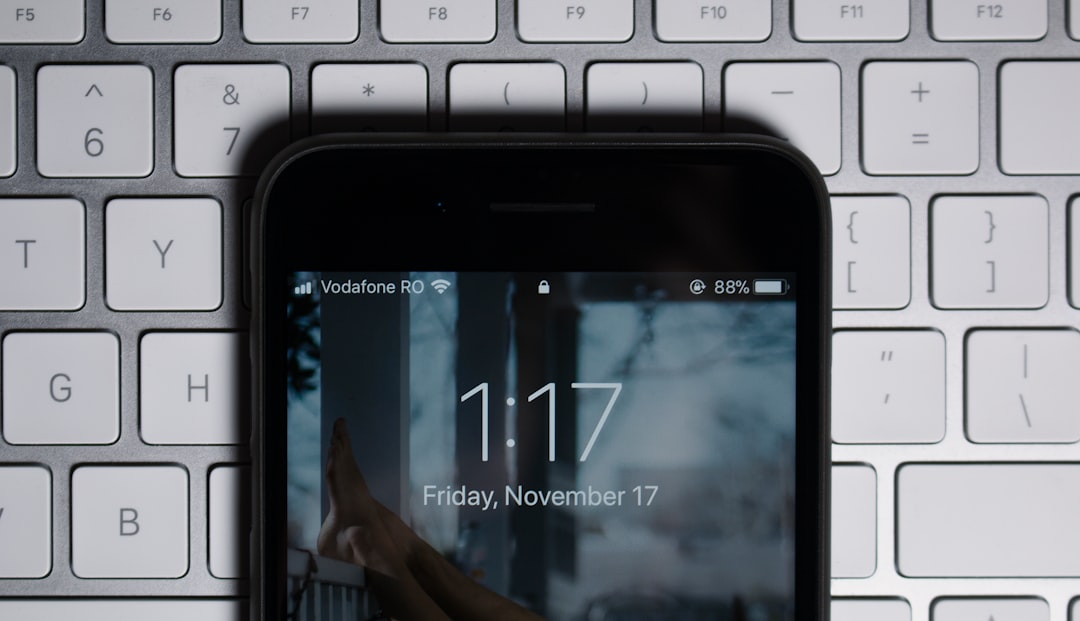We’ve all been there: you’re trying to capture what’s on your screen but nothing happens when you press the screenshot button. On top of that, your computer feels like it’s running through molasses. These two seemingly separate issues often leave users frustrated, especially when time is of the essence. Fortunately, there are some quick and effective fixes you can try before calling in the pros or resetting your device.
- TL;DR
- 1. Check the Basics of Screenshot Functionality
- 2. Try Alternative Screenshot Methods
- 3. Is Your PC Crawling? Let’s Speed Things Up
- 4. Quick Fixes to Speed Up Your PC
- 5. Advanced Troubleshooting for Persistent Issues
- 6. Screenshot Button Still Not Working?
- 7. Bonus: Prevent the Issues from Returning
- Conclusion
TL;DR
If your PC won’t take screenshots and is running slow, don’t panic. The screenshot issue could be linked to faulty keyboard settings or a misconfigured snipping tool. Meanwhile, a sluggish PC may be bogged down by background processes, outdated drivers, or even malware. A combination of checking system settings, updating software, and using built-in optimization tools can often resolve these problems quickly.
1. Check the Basics of Screenshot Functionality
Before diving into deep technical fixes, it’s always smart to start with the simplest explanations.
- Is the “Print Screen” key working? Many PCs rely on the PrtScn (Print Screen) key—or a combination like Fn + PrtScn—to capture screenshots. If your keyboard has a function key (Fn), make sure you’re using it correctly.
- Clipboard conflicts: If another app is overriding your clipboard, your screenshot may not save properly. Try pasting your screenshot into Paint or Word using Ctrl + V to test.
- Check OneDrive or Snipping Tool settings: If you’re using cloud sync tools like OneDrive, screenshots may be saved silently in a folder rather than appearing in your clipboard.
2. Try Alternative Screenshot Methods
If the Print Screen key isn’t working, don’t worry—you have options:
- Snip & Sketch: Press Win + Shift + S to open this tool and immediately select the screen area to capture.
- Use the Snipping Tool: Built into Windows, search for “Snipping Tool” in the Start menu. It allows more flexibility in screenshot types and timing.
- Third-party tools: Apps like Greenshot, Lightshot, and ShareX offer enhanced features and work well when native tools fail.
Remember: If none of these options are working, there could be an underlying system problem or software conflict interfering with screenshot capabilities.
3. Is Your PC Crawling? Let’s Speed Things Up
A slow computer can be just as frustrating as a non-functioning screenshot button. Here’s what could be behind that molasses-like performance:
Common Culprits of a Slow PC
- Too many startup programs: These eat up RAM and CPU from the moment you turn your PC on.
- Background processes: Apps running in the background can quietly consume system resources.
- Full hard drive: A nearly full disk—especially the system drive (usually C:)—can drastically slow things down.
- Malware or viruses: Malicious software can hog your system’s resources—or worse.
- Outdated software or drivers: These can trigger performance bottlenecks.

4. Quick Fixes to Speed Up Your PC
Now let’s look at effective remedies that take just a few minutes:
a. Disable Unnecessary Startup Applications
Type Task Manager in the search bar (or press Ctrl + Shift + Esc), then navigate to the Startup tab. Disable any applications you don’t need launching every time Windows starts. This reduces memory usage and shortens boot time.
b. Clean Up Disk Space
Use the built-in Disk Cleanup tool (type it into the search menu) to delete temporary files, system cache, and more. Combined with uninstalling unused programs, this can free gigabytes of space instantly.
c. Update Drivers and Windows
Outdated drivers, especially for graphics and motherboard components, can cause lag. Head to Device Manager or use Windows Update to ensure everything’s current.
d. Scan for Viruses and Malware
Your PC may be infected without showing obvious signs. Run a full scan with Windows Defender or a reputable third-party antivirus tool to rule out infections.
e. Change Power Settings
Go to Control Panel > Power Options and make sure your plan is set to High Performance. Laptops often default to lower-power settings when running on battery, which slows the system.
5. Advanced Troubleshooting for Persistent Issues
If your PC remains slow or still can’t take screenshots, it may be time to look deeper.
a. Create a New User Profile
Sometimes corrupted user profiles can mess with functionality. Try creating a new local user account and see if the issues persist when logged into that environment.
b. Check for System File Corruption
Open Command Prompt as Administrator and run the following command:
sfc /scannow
This scans and fixes corrupted Windows system files that could be creating performance drag or malfunctioning features.
c. Try a Clean Boot
Search for msconfig from the Start menu. Under the Services tab, check “Hide all Microsoft services” and then click Disable All. Restart your PC to run a “clean boot” environment and identify whether third-party software is the problem.
6. Screenshot Button Still Not Working?
If keyboard shortcuts still aren’t capturing your screen, your hardware might be the issue. Try these:
- Test the keyboard: Plug in another keyboard and see if the screenshot keys work there. If they do, your keyboard may be malfunctioning.
- Use on-screen keyboard: Search “On-Screen Keyboard” in Windows and test the PrtScn function from there.

7. Bonus: Prevent the Issues from Returning
Now that your system is running smoother and your screenshot tools are functional again, take these steps to keep it that way:
- Schedule regular updates: Set Windows and antivirus software to update automatically.
- Set reminders for monthly clean-up: Use tools like CCleaner or Windows Storage Sense for routine maintenance.
- Minimize installed software: Avoid cluttering your machine with apps you rarely use.
- Educate yourself on suspicious links and downloads: A little caution can save you hours of troubleshooting later.
Conclusion
While the twin issues of a dysfunctional screenshot feature and a sluggish PC can be aggravating, they’re usually related to system settings, software conflicts, or performance bottlenecks. By systematically approaching each symptom with the tips above, you’ll not only fix the problem in the short term but also optimize your system for smoother performance going forward.
So before you give up and start googling “best new laptops,” give these fixes a try. Your current PC might just need a little tuning to get back on track.



Leave a Reply